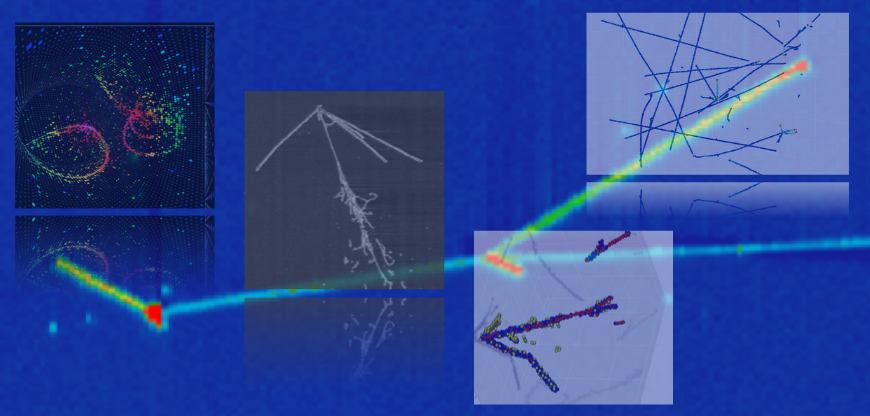Speaker
Description
Drawing statistical conclusions out of experimental data entails to compare it to the physics model predictions of interest. In modern particle physics experiments, producing predictions often requires of three subtasks: 1) Simulating the particles interactions and propagation within the detector, 2) Describing the detector response and tuning its description to calibration data and 3) Developing and testing reconstruction algorithms that extract the summary metrics to be compared.
Consequently, the routine of simulating data is oftentimes distributed into several specialized frameworks, each involving a number of sequential tasks. This situation presents to major caveats. One the one hand, significant efforts are dedicated in large experimental collaborations to coordinate the above steps and to maintain each of the individual frameworks needed. On the other hand, sequentially accounting for each process ignores their correlations, a simplification to coarse for the experimental necessities of most next-generation neutrino experiments.
In this talk, we present a toy model of an integrated simulation using automatic differentiation that showcases a new direction to overcome the above issues. In particular, we focus on the case of a toy water Cherenkov detector to illustrate how a differentiable analytic forward model can be used to perform integrated calibration and reconstruction parameter optimization using gradient descent. This novel approach showcases the potential of machine learning to transform long standing analysis methods in particle physics, and is aimed at advancing the existing detector calibration and reconstruction alternatives for water Cherenkov neutrino detectors in the future.
| Type of contribution | Talk: 15 minutes. |
|---|

